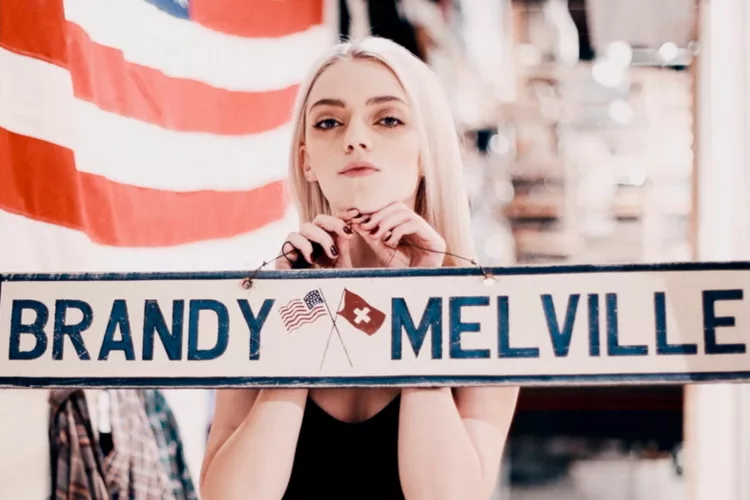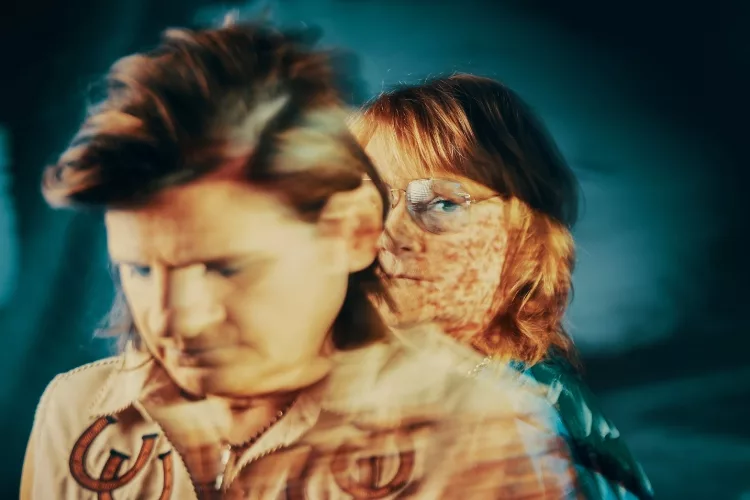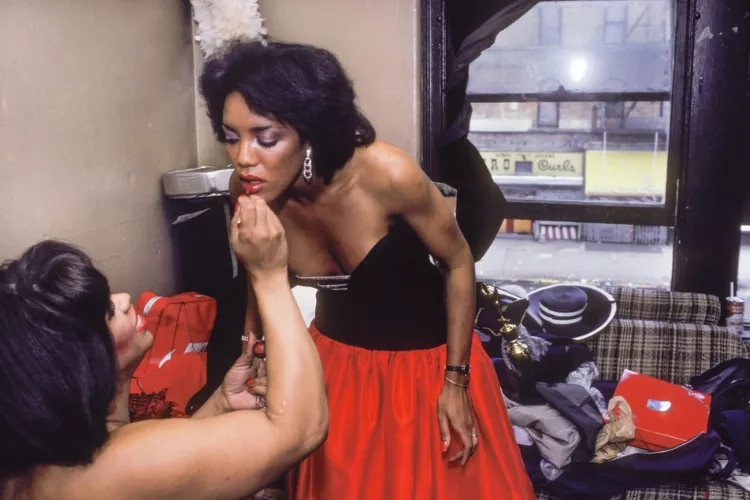
Liberation is at the core of Africa Fashions, the Brooklyn Museum’s latest featured show–a must-see cultural event. Through hundreds of lush textiles, ceremonial garments, and gleaming pieces of jewelry, the exhibit tells the story of the creative, cultural renaissance that permeated African consciousness and identity as much of the continent won independence in the 20th century. It’s a visual narrative on the decolonization of fashion – quite literally, in the sense of what happened to fashion in Africa when the colonists left.
Africa has a long and rich history of creativity and craftmanship, but local practices and customs were pushed to the sidelines when the Europeans came and rarely got a chance to blossom until they left. The relationship between independence and creativity turned out to be symbiotic, with each inspiring the other. Culture affirmed new national feelings, and these in turn galvanized Black and African artistic agency. As the show’s curator notes, “Many turned to clothes as a powerful expression of newfound freedom and choice – wearing garments made from local fabrics, tailored western suits, and anything in between.”
Entering the exhibit, the visitor is faced with a 30-foot timeline tracing Africa’s independence movements, culminating in 1960, when no less than 17 nations on the continent gained autonomy. The writings on the wall hint at the dynamic transformation that would define the ensuing decade. It was a time of hope, empowerment, and self-determination. The creative expressions of such sentiments manifested themselves in art, music, literature, and fashion, celebrating the heritage of the continent’s past and the aspirations for its future.
It Starts With the Fabric
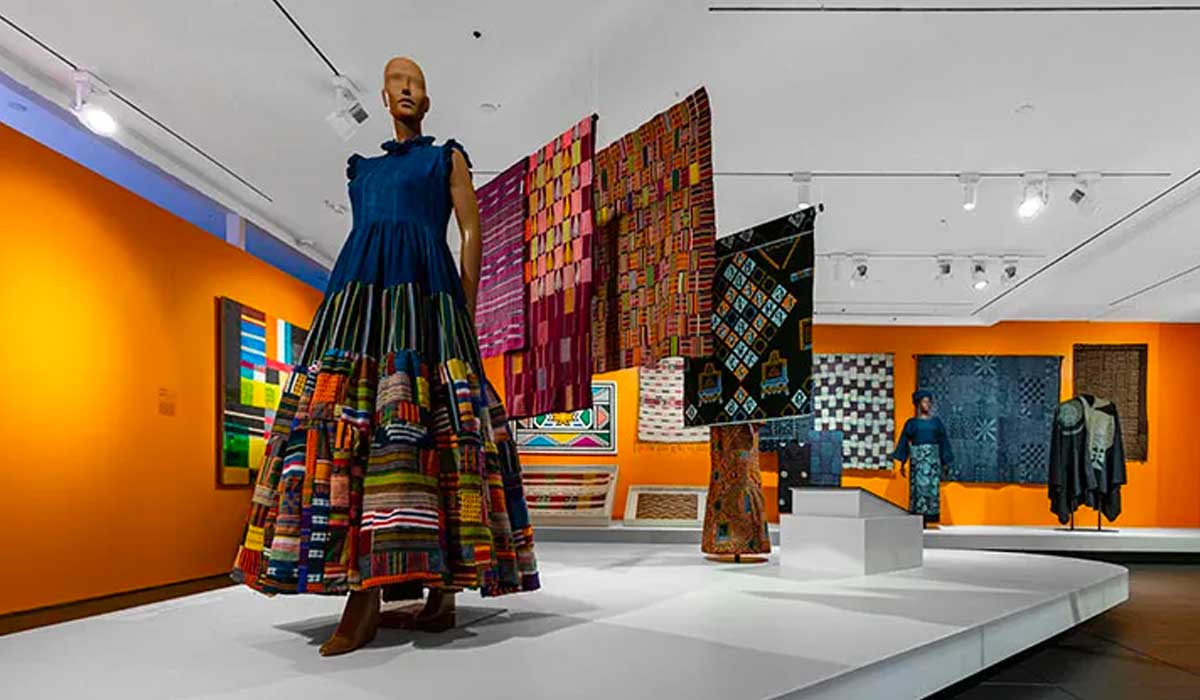
The first gallery, “The Politics and Poetics of Cloth,” is dedicated to fabric. Vibrant colors, bold patterns, and crackled textures come from ancient batik dye practices, often embodying not just beautiful design but also complex narratives. Fabrics could symbolize prestige or power, act as heirlooms and ancestral documents, and serve as ceremonial repositories of cultural information.
Under European rule, Western dress was imposed and local preferences all but disappeared. After independence, traditional textile techniques reemerged alongside nations’ revitalized senses of self, now often infused with new political meaning. Patterns, dyes, and materials came to stand for triumph and self-actualization. A short film details an array of classical ceremonial fabrics, and the walls are adorned with woven tapestries of deep indigo and fiery saffron, each commemorating a particular moment or breakthrough.
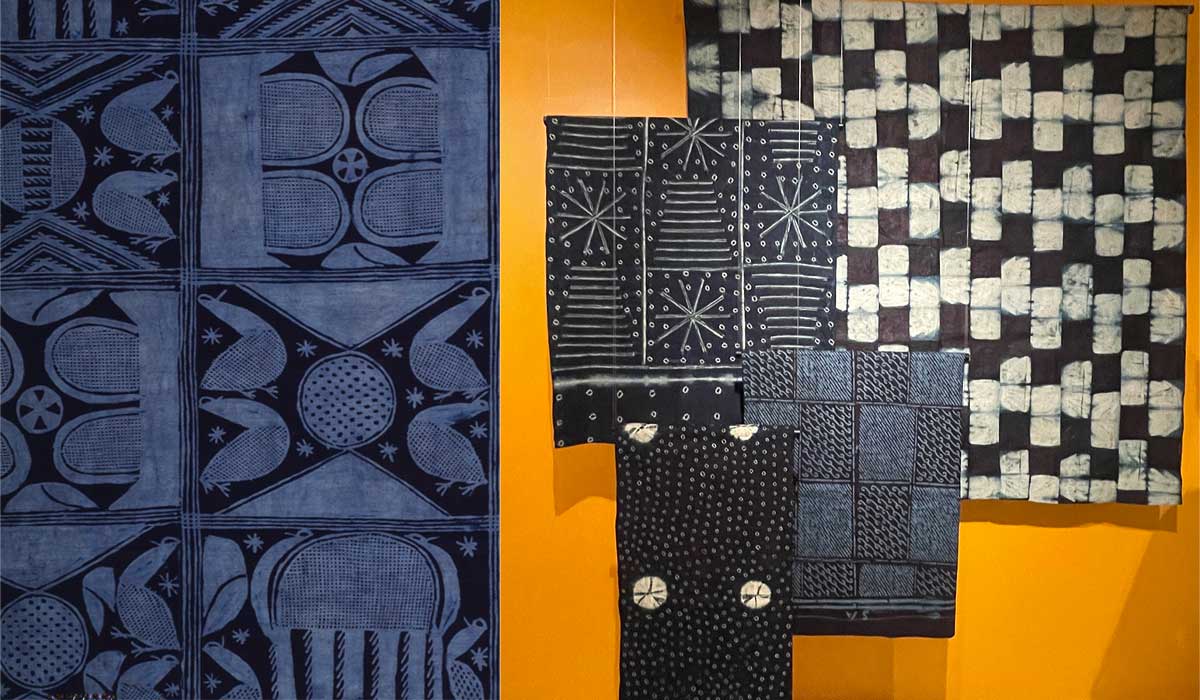
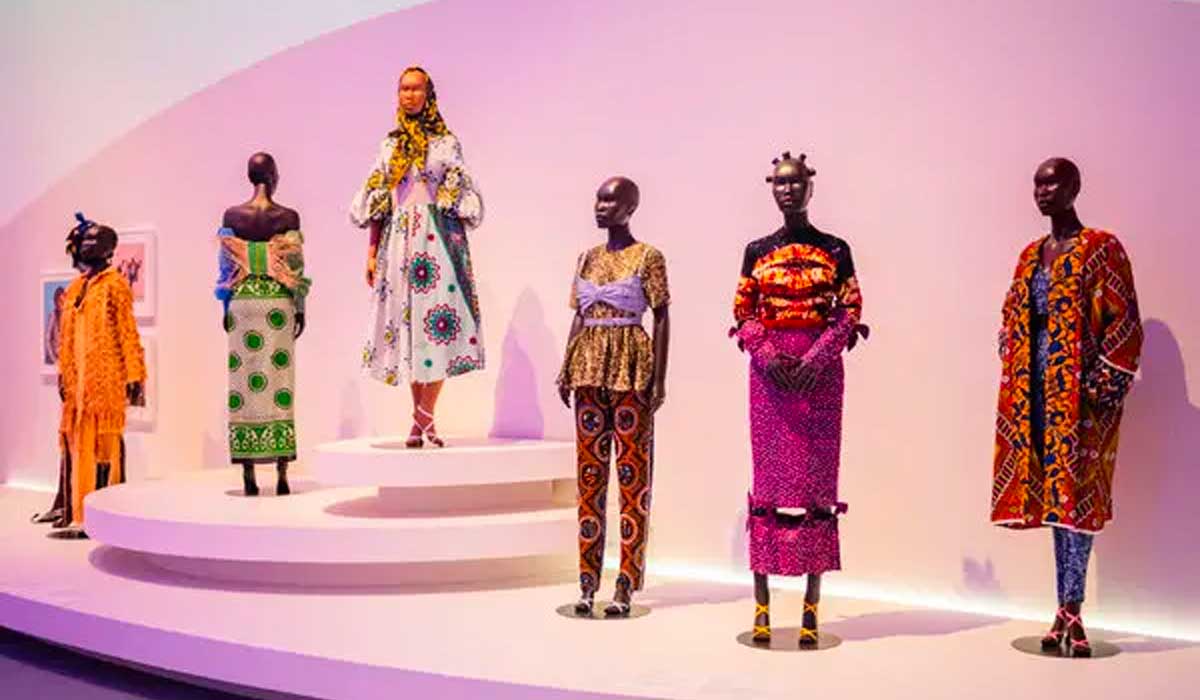
The Vanguard
Next comes an ode to the visionaries who used these textiles to lay the foundations of modern African fashion. The first generation of post-Independence designers blazed a path for a continent that would ultimately become a showcase of global fashion. Alongside monumental political changes came the dawn of the global information age and the birth of an international fashion circuit, one marked by appreciation and exchange rather than appropriation and exploit.
Five designers are featured, some who attended prestigious design schools abroad and others who were self-taught. Almost all have now passed, but the works they created have stood the test of time. Here’s our synthesis below.
Naïma Bennis
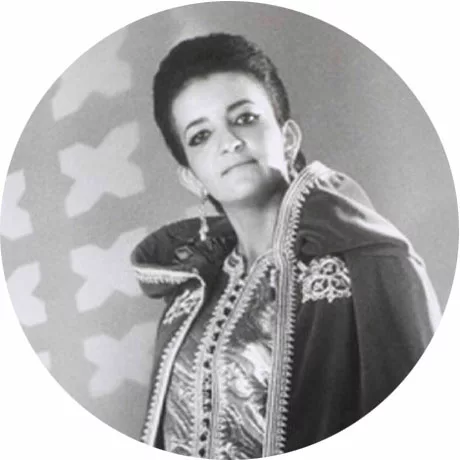
A Woman of Independence
Morocco
1940-2008
Naïma Bennis was among the first women in North Africa to found her own fashion house. The self-taught designer set up an atelier behind a boutique in Rabat in 1966 (her first of four), where she worked with local craftspeople to forge jewelry, clothing, and perfume for both international and local clientele.
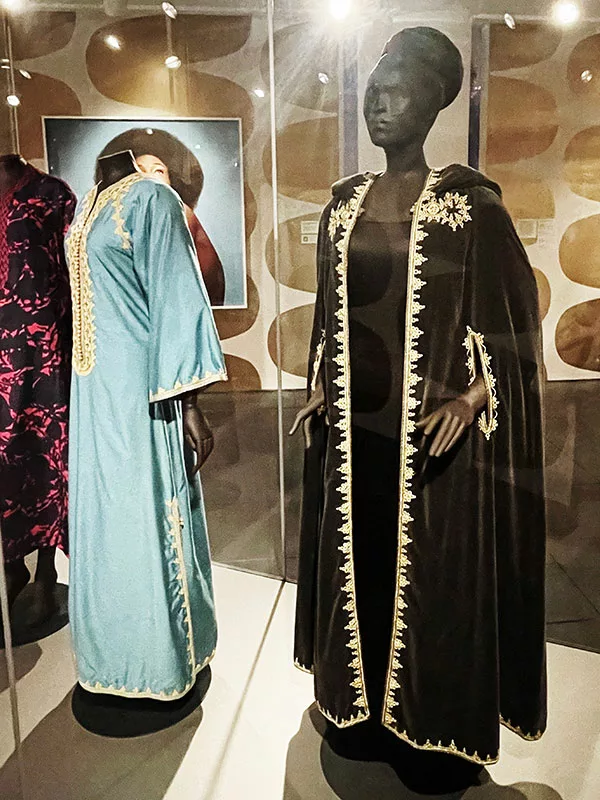
Kofi Ansah
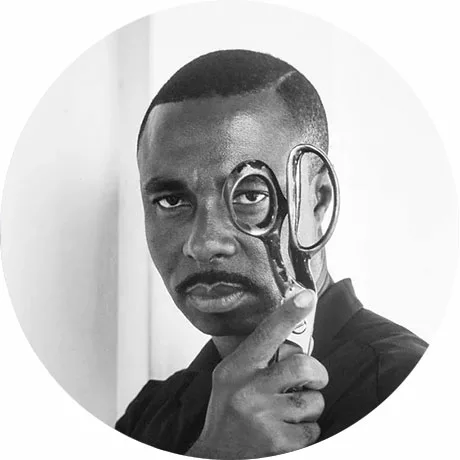
The Enfant Terrible of Ghanain Fashion
Ghana
1951-2014
After graduating from London’s Chelsea School of Art, Ansah quickly made a name for himself on the international scene when he crafted a beaded top for Princess Anne, before starting his own label in 1981. He approached fashion through a global lens, bringing his international, avant-garde flavor back to Ghana to create ArtDress in 1992.
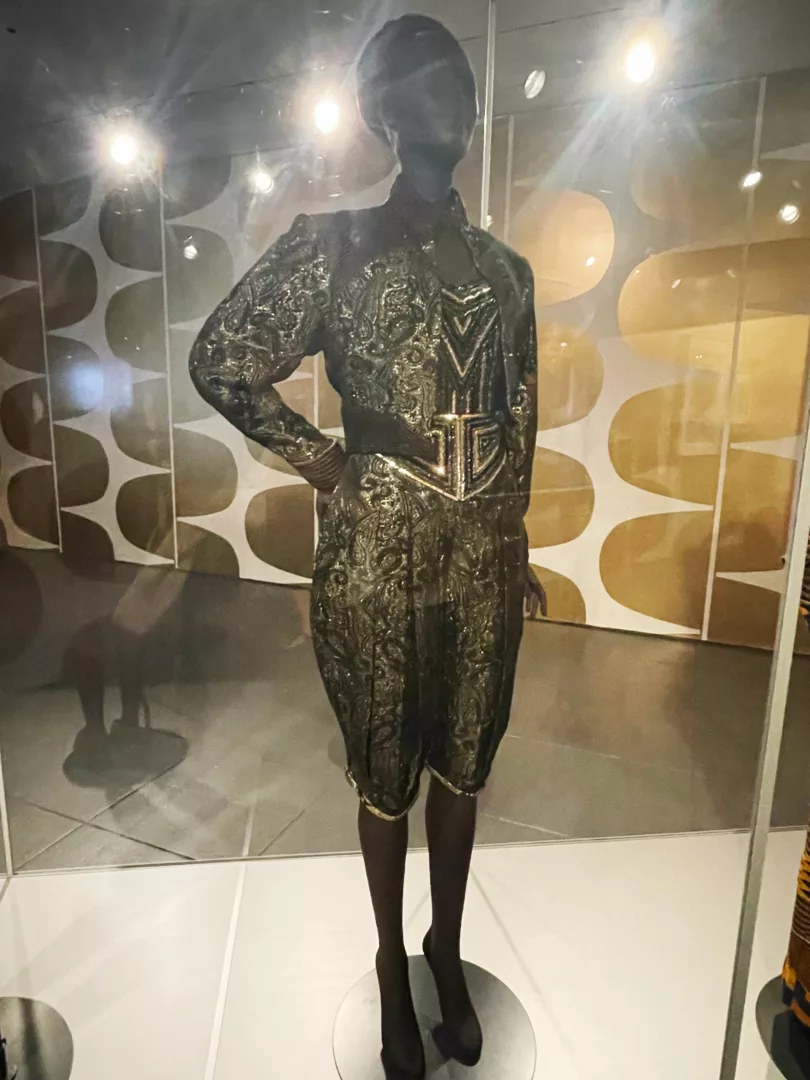
Shade Thomas-fahm
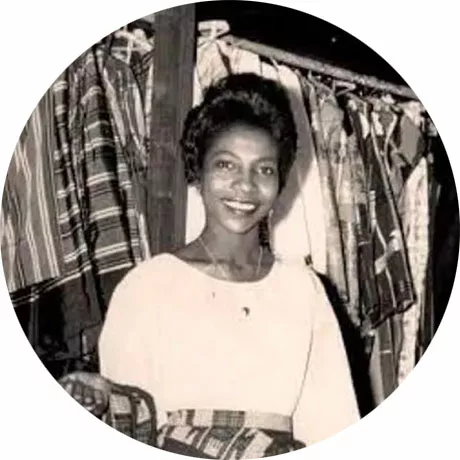
Nigeria’s First Fashion Designer
Nigeria
Born 1933
Shade originally moved to London to train as a nurse at age 20, but was pulled to the aesthetics and ended up studying fashion at what’s now Central Saint Martens. She returned to Lagos upon independence in 1960, setting up a boutique that would quickly become to go-to place for stylish people, including diplomats and celebrities.

Alphadi
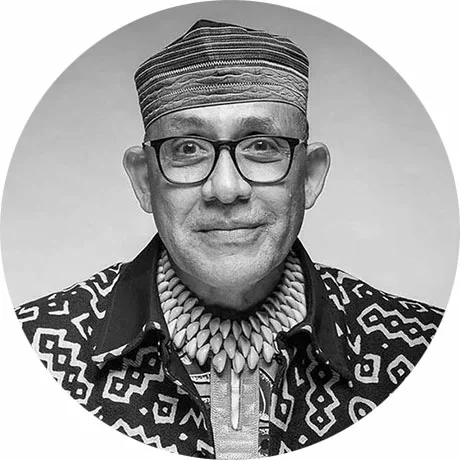
Magician of the Desert
Nigeria
Born 1957
Born in Timbuktu on the eve of Mali’s independence, Alphadi sees fashion as a vehicle for unity and prosperity. His journey into couturisme began early: he entered his first apprenticeship at seven years old. Later studying in Paris, Alphadi’s designs celebrate the duality of rich African heritage and modern cosmopolitanism.
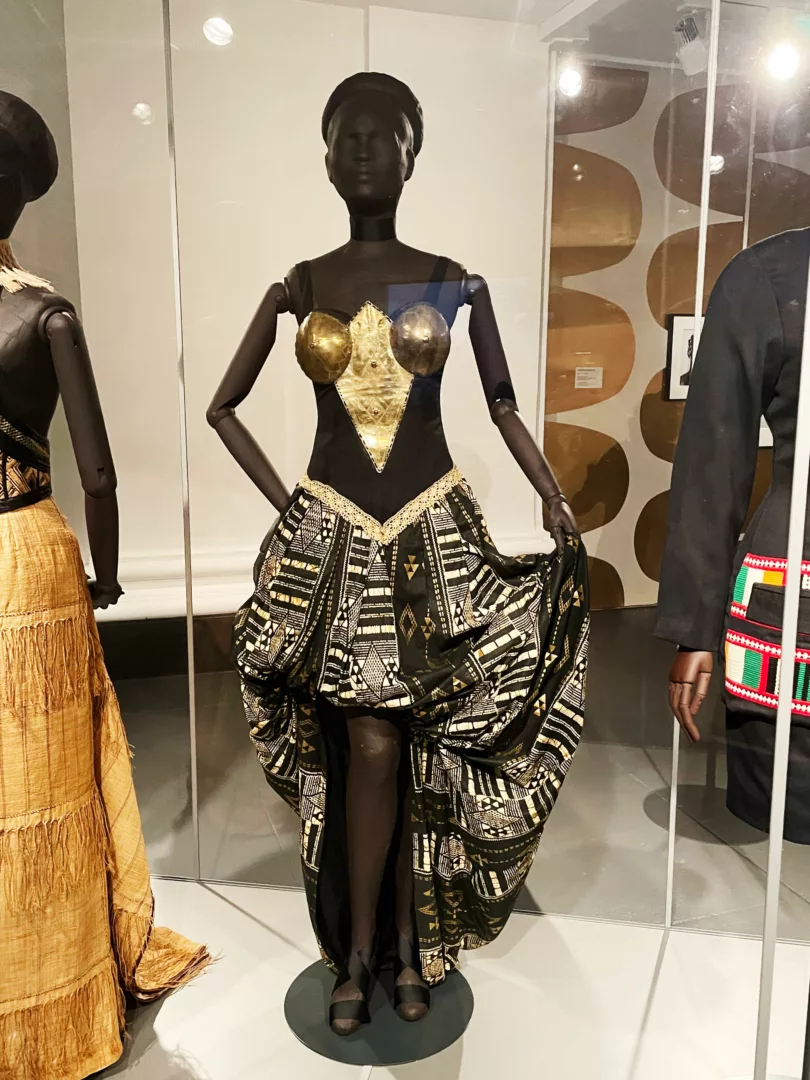
Chris Seydou
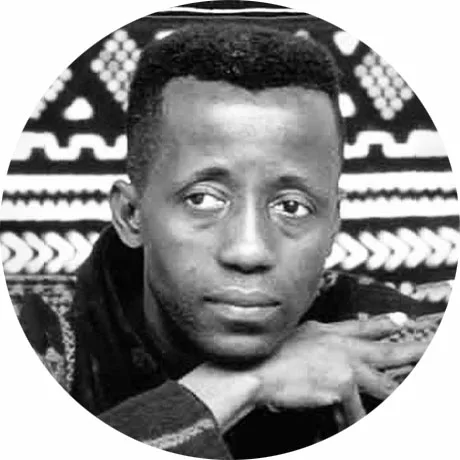
Father of African Fashion
Mali
1949-1994
Often credited with putting Africa on the international fashion map, Seydou is best known for his use of traditional Malian fabrics. His name came to be synonymous with mudcloth, or bógólanfini, and a team of tailors continue to produce a line comprised of this fabric 29 years after his passing.
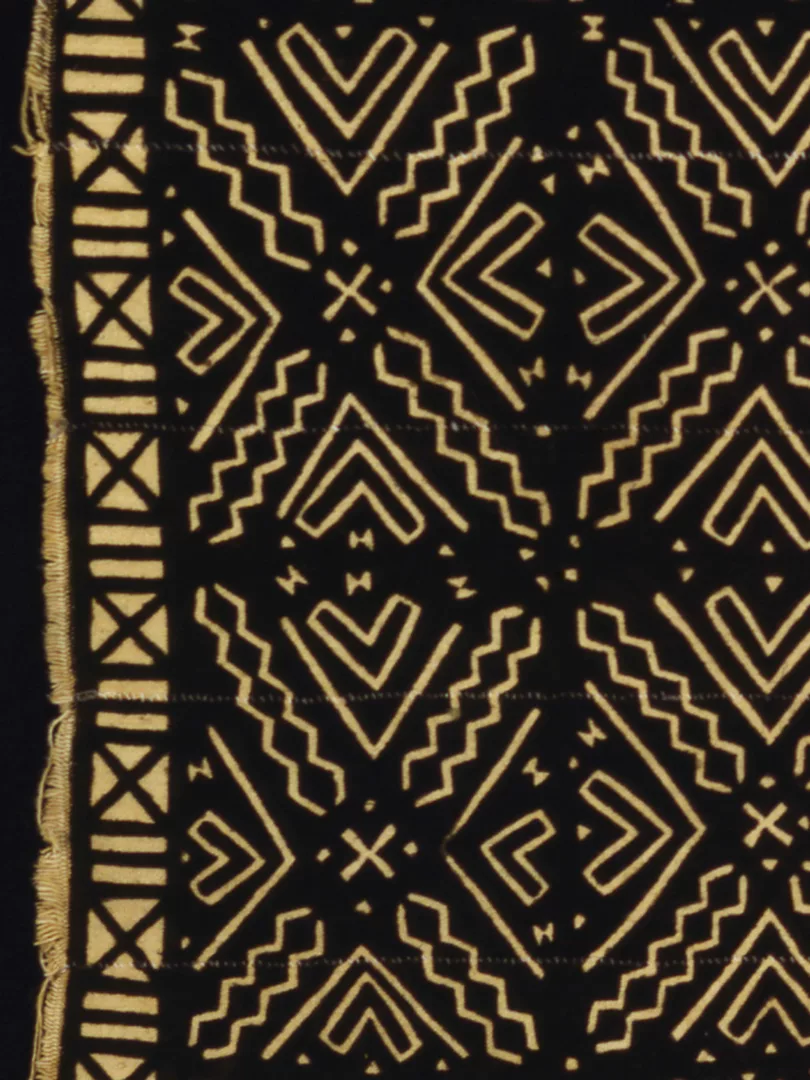

Africa Fashion: The time is Now
The next gallery, set in the museum’s central atrium, showcases Africa’s contemporary designers. Colorful hand-worked confections adorn every corner of the great room, while magnificent set-piece ensembles feature front and center on stages set up throughout the spacious hall. Everything from statement streetwear to haute couture made for the MET Gala features here, seamlessly embodying the eclectic harmony that is African fashion.

The gift shop, finally, is a showroom in itself and exceeds expectations as much as the rest of the exhibit. A curated collection offering up pieces from some of the exhibit’s featured designers, the boutique serves up an aesthetic of “bold, unapologetic beauty [with a] conscience and celebrated craftsmanship.” It is both a souvenir store and the global debut of ALÁRA, the award-winning Lagos-based concept shop that blends fashion, design, cuisine and culture. Founder and CEO Reni Folawiyo describes it as “a meeting point [for] design, fashion and art that thrill[s] me and illustrate[s] that there is more to be discovered and celebrated in Africa.”
The show in its entirety is a testament to Folawiyo’s words. For African fashion, the time is now. As the global fashion industry strives to create a better future for itself, the talent on show here serves as a beacon of hope for creativity, innovation and self-expression.
-Steph Lawson
Related Articles
The African Fashion Scene: An Interview with Insider Hadeel Osman
Exploring the Extraordinary Story of the Zoot Suit as a Symbol of Resistance
Nine Brands We Love from Lagos Fashion Week 2023
Culture Dose | AFRICA + FASHION

